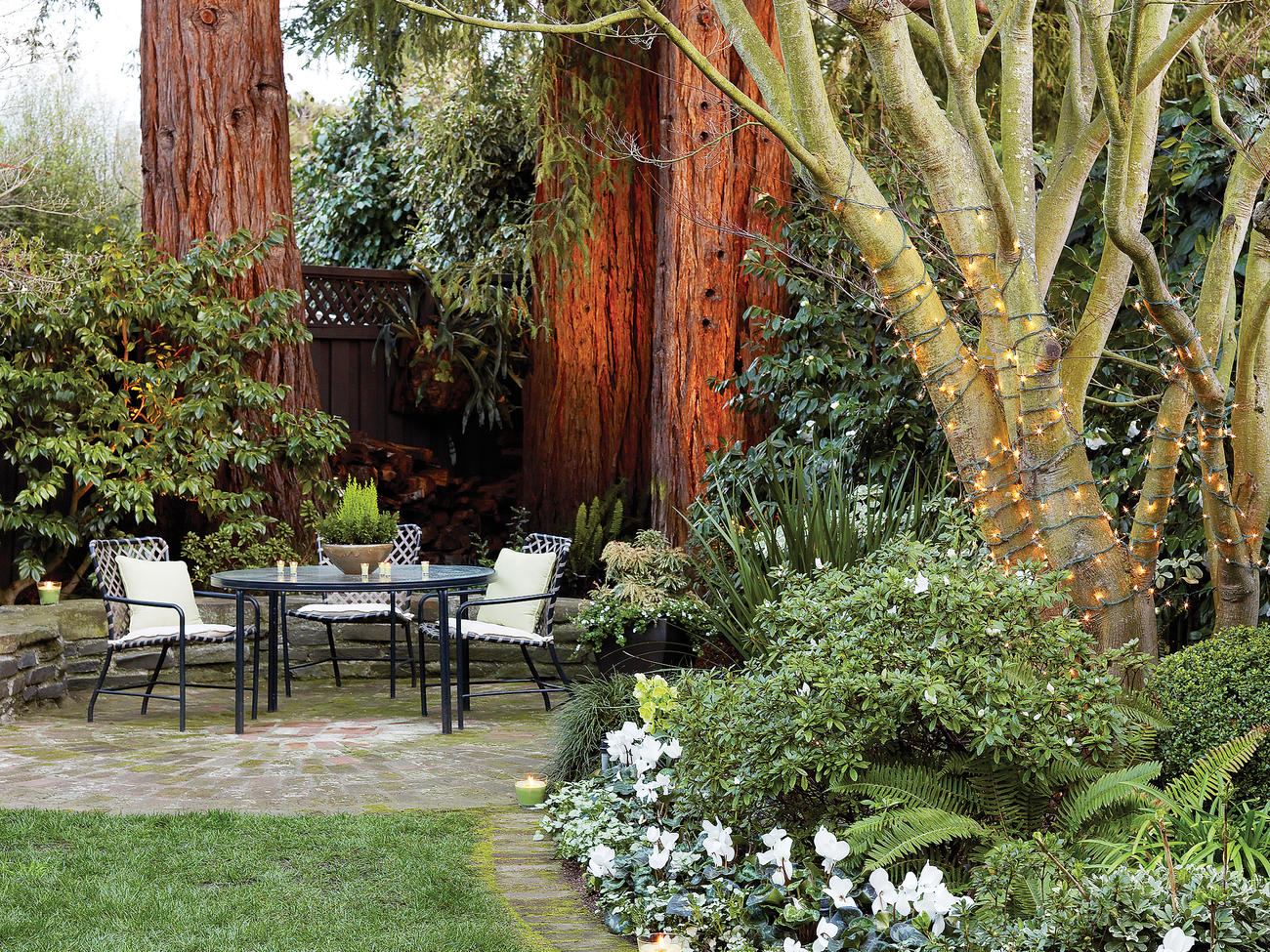
January

Plant
Winter and spring months are good times to shop for blooming azaleas and camellias in Sunset climate zones 7-9, 14-17. Don’t let the flower color alone determine your choices, though; before purchasing a plant, make sure it’s healthy and its leaves are lush and green. Avoid plants that have pale leaves, overly leggy growth, or roots protruding through drain holes.
The following small- to moderate-size maple trees are perfect for home gardens in zones 2, 7-9, 14-17. Acer truncatum (also grows in zone 1): Deeply lobed, 4-inch-wide leaves start out purplish red, change to green in summer, then become orangish and maroon in fall; grows to 25 feet or taller. Japanese maple (A. palmatum): Many varieties to choose from, including ones with deeply cut leaves or variegated foliage; heights range from 7 to 20 feet tall. Paperbark maple (A. griseum): Leaves are dark green above, silvery below, and turn brilliant red in fall; reddish-brown bark peels away in thin sheets in winter; grows to 25 feet tall. Look for these trees in nurseries, or order by mail from Mendocino Maples Nursery (mendocinomaples.com) or Wildwood Farm Nursery & Sculpture Garden (wildwoodmaples.com).
